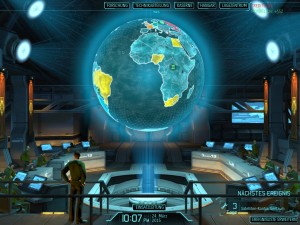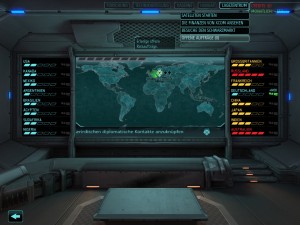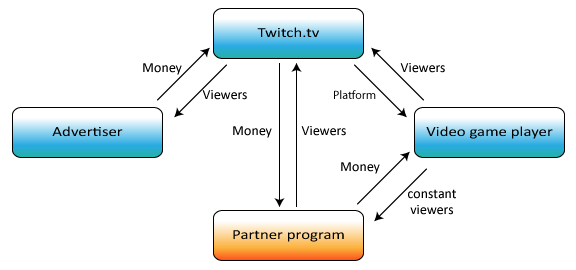Gaming emotions
During my ongoing literature review I often discover interesting facts about things I’ve never thought about. Sometimes I can connect these facts with my own observations: The result is mostly a completely new idea why things are as they are. Maybe these ideas are new to you, too. Therefore I’ll share my new science based knowledge with you!
This week: This time, I’ll approach a complex topic: gaming emotions. I’ll try to describe the complex problem of real emotions caused by virtual entities and how they remain in the real world. What happens to the emotions after quitting the game? Is gaming friendship real friendship? I’m not sure, how I should approach this topic, so let’s find out.
Fotw #17 [1] was concluded with the idea that one of the main reasons for playing computer games are emotional rewards. Computer games offer a lot of opportunities to experience a lot of different emotions: happiness and pride after a strong enemy is defeated. The fear of getting ambushed by something unknown. Strong excitement just before looting a treasure. The pleasure of helping someone who is very thankful for the player’s efforts. etc.
But how can the intensity of these emotions be defined? The emotions are real, because players are happy, sad or scared. But how real do they are? Sneaking through a forest and fearing to be ambushed by something unknown in a game could be quite scary. However, the intensity of sneaking in the real world through a forest can’t be compared to a „safe“ virtual world. On the other side, as long as the player is immersed in the gameplay, the virtual forest feels like the real forest.
This applies to almost every other possible interaction a player can do in a computer game. Playing a racing game can be very intense. Winning a race after a hard battle for the first position can feel like winning a real Formula One Grand Prix. (Well, I’ve never experienced driving in the Formula One, so I hope it does. But I like to, so if any team chef is looking for a new driver, please consider this blog post as an application.) However, after quitting the game, there’s a break between the two realities. The player still has the emotions of winning a hard race but sees that it only happened in a racing simulation.
Apart from the experience of the environment, it’s hard to define the interpersonal emotions of a player in a virtual world as well. Interpersonal emotions in a computer game can have two different dimensions. Computer games can be differentiated into two main categories: singleplayer and multiplayer games. Interpersonal emotions in a singleplayer game are only emotions between the player–a human being–and virtual characters, who only exist in a particular game world. Multiplayer games do have also the opportunity of connecting two human beings in the same virtual world. Especially MMORPGs are excellent examples because these games foster social bondings among players.
Player-to-player relationships can be defined as an interpersonal relationship that is only taking place in virtual environments where players can interact with each other through an avatar. Like other media based communication, computer games can be seen as a platform to connect players from all over the world. This relationship is, apart from the fact that the players are only communicating through their avatars, like typical relationships among human beings. The emotions are real because they’re caused by real people. Additionally, these emotions and the friendship itself can exist without the game. The players can stay in touch through other games, chat-clients or even real life meetings.
Player-to-game character relationships are much more complicated to define. If the game design has created game characters that behave almost like human beings, express emotions and react towards the player’s action, then the player can start building up a certain kind of friendship towards these game characters. These game characters can accompany the player and thus increase the idea of friendship between them. The Mass Effect series [2] has created very realistic game characters and players can start building up friendships while playing the game.
As long as the players are immersed in the game and act as if they’re the avatar, these friendships seem to be real. But what if the player leaves the gaming environment? As said before, the emotions are real for the player. Considering this, the player-to-game character relationship must be real as well. However, if players have finished the game, they do not have any opportunity to stay in touch with their game character friends. Maybe player-to-game character friendships can be seen as relationship among colleagues: they last as long as the job connects them.
I think the complexity of the gaming emotions derives from the break between the two realities. The emotions survive the gap between the game world and the real world. The player still feels the emotions even after quitting the game. However, after quitting the game, the player isn’t immersed anymore and realises that it was just a game.
This leaves me–and hopefully you as well–with the still unanswered question: how real are real gaming emotions and how can they be defined?



